
In this article UKC Chief Editor Jack Geldard takes a lighthearted look at a deadly serious topic - staying alive whilst climbing - and gives us ten things to think about whilst we're out at the crag.
1: Don't fall off
The easiest way to make sure you don't hurt yourself in a fall whilst climbing is to make sure you don't fall at all. I didn't take a leader fall on trad gear for around the first four years of my climbing career (thank goodness, or I would have probably snuffed it!).
Of course, if you are an experienced climber, you know how to place gear, you automatically assess dangers such as what you might hit on the way down, you keep your legs from behind the rope, you know you have a good belayer, the route you are on is steep with a clear fall out zone, your gear is good, you're far enough away from the ground... etc etc.... then falling off can be pain free. But make sure you are at the stage in your climbing where all of the above judgement calls are second nature before you go throwing yourself off rocks.
2: Don't let things fall on your head
Don't hang about underneath climbers, abseilers or busy parts of the crag, no matter how solid it looks. Last week I was at a popular limestone sport crag and the busiest sector was heaving. A chap unrolled his picnic blanket directly below the centre of the wall, and sat his toddler down right in the firing line. Not a great idea I thought.
But helmets are a great idea. They protect your head! Have a look at the BMC Helmet Campaign.
3: Place that extra piece of gear
You're at the end of the hard climbing, it's an easy romp to the top, you feel like a hero, nothing can stop you now... oops.
Many crags in Britain, especially sea cliffs, have loose rock on the upper sections or top-outs. Don't run it out and then pull off a loose hold right at the top. You've carried your rack of gear for a reason - use it. Although the climbing is often easy for the last couple of metres at venues like Pembroke, it's these sections that it is important to protect. Place that wire, it might just save your bacon.
4: Shut up!
Don't talk to your climber partner whilst they are tying their knot. A half tied knot may well be the end of them, it was nearly the end of me once. I threaded the rope through my harness as I chatted to my belayer. I obviously forgot to finish it off, as when I looked down at my knot a few minutes later (I was halfway up onsighting a sport route...) I had a nasty shock. I grabbed the rope in a 'death grip' and lowered off! Scary.
Doing a pre-climb partner check is a great idea. A quick glance at the belayer and climber can help confidence and avoid the silly mistake that nearly wiped me out.
5: Keep hold of the rope
Yep, it's pretty basic. Keep hold of the rope all the time whilst you are belaying. And yes that also includes if you are using a GriGri or similar device. Also, remember that the first few metres or the first few bolts are critical - the climber is very close to the ground. Don't have a lot of slack out, even if it's easy, and stand close in to the wall.
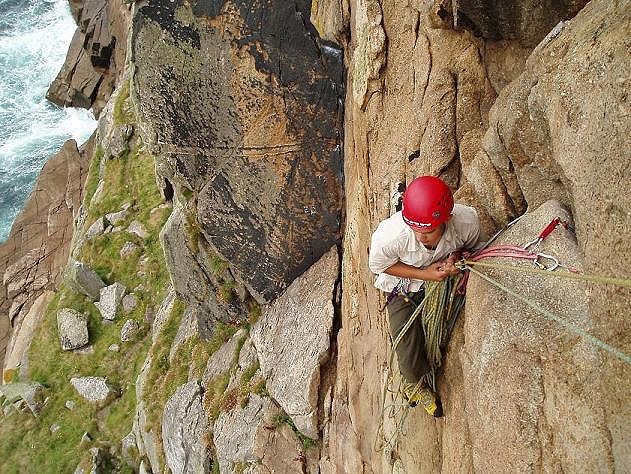
6: Don't abseil off crap anchors
A little bit like rule number 1, this is all about judgement. If you are unsure, don't do it. If you have to retreat from a route and abandon gear (everyone does at some point), then so be it. That's what it is for, to keep you alive. Some accessory cord can save you a lot of money in this situation though, removing the need to leave lots of carabiners and slings, but still allowing you to equalise a solid anchor. Carry a bit of 'ab tat'. I tie my chalkbag on with mine.
7: Don't be a hero
I'm borrowing this line and the next one from the film Zombieland. What I mean by don't be a hero is, don't climb yourself in to trouble. Climbing is all about snap decisions. Wire or cam? Left foot or right? Up or down? At some point you will be faced with this one: Place a runner and get pumped doing it, or push on and hope it gets easier.
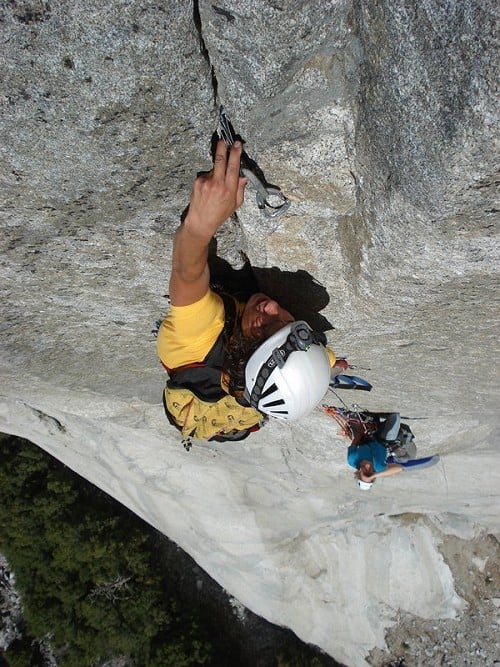
Until you know your own fitness level and are very experienced at reading the rock, don't be a hero.
8: The double tap
In the excellent climbing instruction film Zombieland, the main character always shoots a zombie twice, just to make sure it's dead. I'm a big fan of having more than one piece of gear between me and the floor. This is especially important on short routes, or at the start of longer routes. If you are close to the deck and have very spaced gear, if one piece rips, the piece below may well be too low to help you. Wires lift out (especially on short stiff quickdraws), cams walk, slings fall off spikes. One bomber runner is good, two is better. I sometimes place two (or more) pieces right next to each other if there looks to be a run out section ahead or if the pieces below have become defunct.
9: If something looks wrong or feels wrong...
Then it probably is wrong. Belay doesn't look right? Double check it. Have you got everything before you abseil in to that sea cliff? Does the route follow that 'obvious line' or is it a dead end?
Being over cautious and listening to a negative internal dialogue can hold you back in climbing, but if you are not naturally a nervous person and something feels a bit 'wrong', then it might be time to get the hell out of there, or at least give it an extra check. You only get one life, don't lose it because you didn't clip the right bit of the belay.
10: Make sure you've got clean underwear on
Despite your best efforts, an accident may still occur. You'd best make sure your pants are clean.
- SKILLS: Building Fast Belays When Multipitch Sport Climbing 9 Nov, 2016
- SKILLS: Abseil Knots Explained 2 Oct, 2016
- FEATURE: Colm Shannon's Deserted DWS Heaven - Irish West Coast 7 Aug, 2016
- SKILLS: Acclimatising for the European Alps 5 Jun, 2016
- Terra Unfirma! Adventures on the Lleyn Peninsula 1 Jun, 2016
- VIDEO: Fiesta De Los Biceps 8 May, 2016
- REVIEW: Evolv Shaman 2016 18 Mar, 2016
- REVIEW: Doug Scott - Up and About 2 Feb, 2016
- ARTICLE: 12 Climbing Adventures That Won't Break The Bank 26 Jan, 2016
- DESTINATION GUIDE: 10 Routes to Climb in Chamonix in Winter 20 Jan, 2016



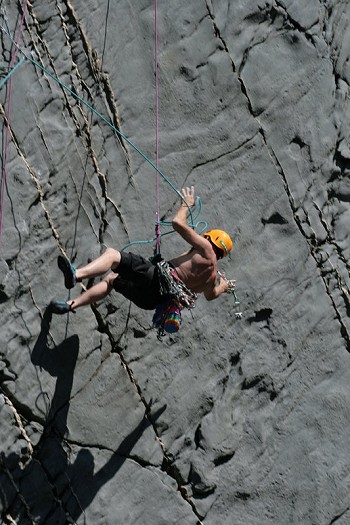


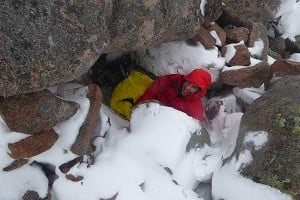

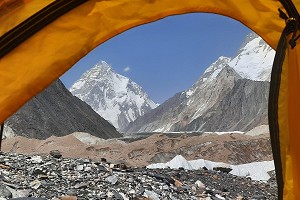









Comments